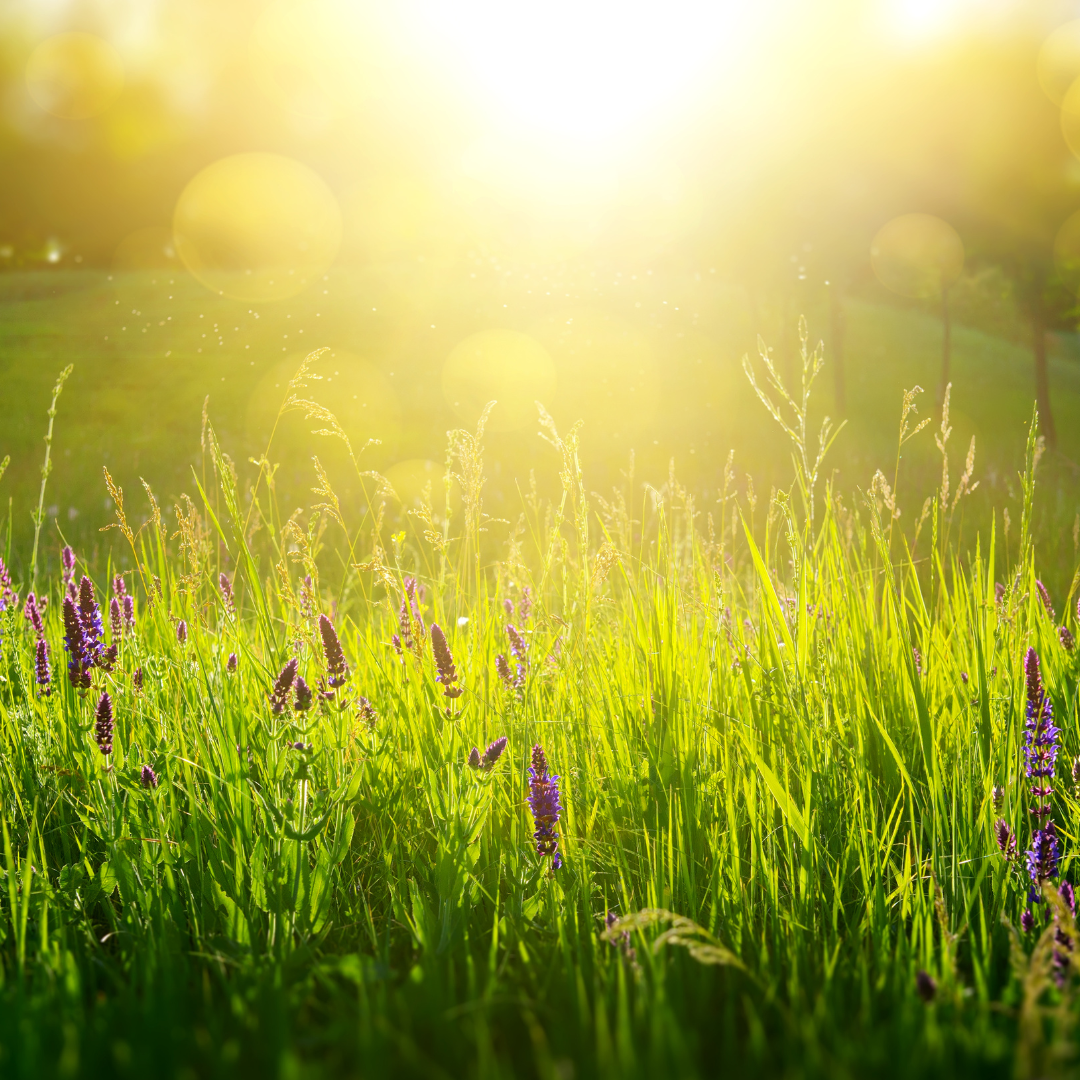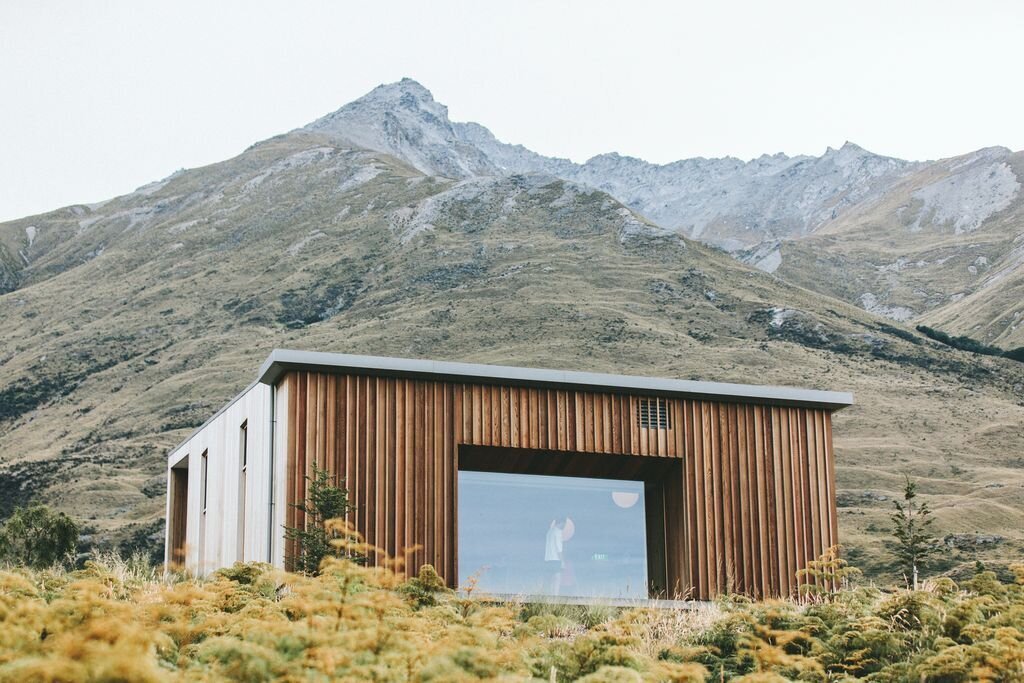Singing is how I pray, how I celebrate being alive.
Singing is how I pray, how I celebrate being alive.
At the beginning of my vocal journey, I took on vocal improvisation as a spiritual practice. I spent time each day singing and sounding how I felt in that moment. Sometimes five minutes, sometimes a couple hours. It was such a process of discovery, of learning what sounds felt really good in my body. What sounds expressed the depths of my heart and soul. I loved singing in made up languages that were pure music–syllables, tones, melodies and rhythms that carried nuances of expression that were beyond words. And I was amazed at how quickly these wild sounds moved energy and transformed my state of consciousness. How healing the process was, how after singing for just five minutes I felt a sense of aliveness and connection.
Introduce your brand
Turning Point in the forest of Transylvania
At a workshop led by French improviser Michel Montanaro, I fell in love with vocal improvisation in the forest of Transylvania. We sang with the river and the stones. In a circle with our arms wrapped around each other, finding harmonies and textures, we sang for those who had died in World War II. It was such a beautiful way to honor those that had passed, and in that moment I knew singing was a part of my purpose.
When I returned to the States, I immersed myself in the study of sound healing and vocal improvisation, completing a 2 year program in sound healing through the Open Ear Institute with Pat Moffitt Cook, and earned a Sound Healing certificate through the California Institute of Integral Studies. I also completed a vocal improvisation All the Way In training program with Rhiannon. I sang for cancer patients, and performed at events dedicated to healing.
I loved exploring how singing transformed emotions, and uncovered a deeper truth. The therapeutic aspect of singing and toning was undeniable-people cried, released long held emotions, and freed themselves of old habits and patterns.
Exploring the Roots
For ten years, I developed my own voice work that blends principles of sound healing, vocal improvisation, and methods from my own creative practice. I witnessed profound healing and growth in myself, and in my voice clients. I was curious about the roots of ‘issues’ which often went back to childhood.
I began a two year program through the Hakomi Institute, studying body-centered somatic psychotherapy. The method uses mindfulness to examine present experience, slowing down so that unconscious material unfolds into consciousness, creating opportunities to attend to barriers and create new experiences and beliefs. As I explored this work, I was increasingly curious about resource. What allowed people to tap into a sense of wholeness and connection?
I met Jon Eisman, a senior Hakomi trainer who had created his own body of work based on resource called RCS-Recreation of the Self. He says, “R-CS holds that we are innately whole, but typically create a “committee” of limiting trance states in order to accommodate difficult life situations. The model not only describes our many inner resources, but offers a powerful set of tools both for shifting consciousness immediately, and for emerging from our perceptions of woundedness and the seeming need for constant strategizing.” I love the idea that there is always a part of ourselves that is whole and complete, and this philosophy is a foundation of my work.
The Power of Collaboration
I’m interested in the magic that happens when people come together, and in the synergy and possibilities that come from sharing our gifts. For five years I have been a part of The Elements, a collaborative vocal improvisation ensemble. We create emergent music, which means that we listen and create music in the moment. I have learned so much from this group and this practice, how to listen, how to trust, and how to support.
I have a deep love for nature, and am increasingly concerned about climate change. Three years ago I began work on a project in New Orleans that has now turned into the Natural Music Institute. The Institute explores the relationship of nature and music through land based recording projects, collaborations between ecologists and musicians, and listening workshops for the public. The Institute helps people feel more connected to the natural environment, and is dedicated to creating music that reflects the beauty and diversity of the Earth.



